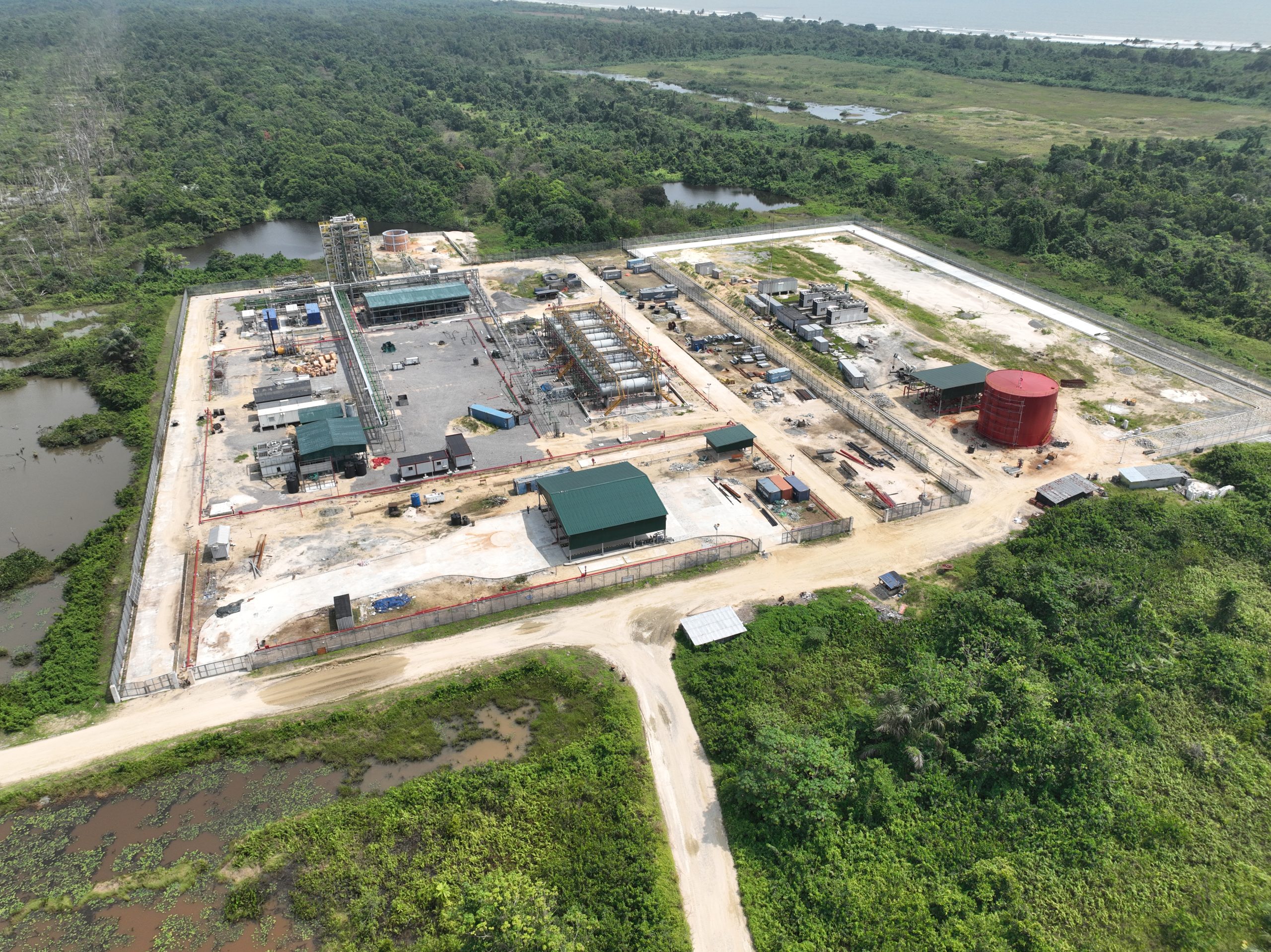In a major boost for Nigeria’s oil sector, Shell has successfully loaded the first crude cargo from the newly commissioned onshore Otakikpo terminal, signaling the official launch of exports from the $400 million facility. The terminal, developed by marginal field operator Green Energy International, is poised to become a vital asset in Nigeria’s energy landscape.
This milestone highlights the growing importance of the Otakikpo terminal and its role in driving economic growth and operational efficiency within the country’s oil and gas industry.
Strategic Location and Capacity
Situated within the Oil Mining Lease (OML) 11 block, southeast of Port Harcourt, the Otakikpo terminal boasts a maximum export capacity of 360,000 barrels per day. Crude is transported 23 kilometers via a 20-inch pipeline to a single-point mooring system in the Atlantic Ocean. The mooring’s 21-meter draught enables the loading of large Aframax and Suezmax tankers, making the terminal suitable for high-volume exports.
Cost Reduction and Operational Efficiency
Green Energy International noted that the new terminal replaces a previously used, expensive barging system, which cost around $120,000 per day for crude evacuation. The facility is expected to significantly reduce production costs—by as much as 40%.
“The government must recognize that rather than investing in multiple float stations, this home-grown facility offers a more efficient solution. Storing oil in tanks drastically lowers the cost of production per barrel,” said Kayode Adegbulugbe, Managing Director of the Otakikpo Oil Terminal.
He added that operational expenditures are also expected to decline, reinforcing the terminal’s role in making Nigerian crude more competitive in global markets.
Unlocking New Production Potential
Previously, Green Energy exported its light, sweet Otakikpo crude using the Ima floating storage unit operated by local firm Amni. With the new terminal operational, the company now has the infrastructure to unlock stranded production from over 40 nearby fields. These fields hold an estimated combined capacity of 200,000 barrels per day and total reserves of 3 billion barrels of oil equivalent.
According to Green Energy, the terminal can receive up to 250,000 barrels per day from third-party producers through a 6-inch, 6-kilometer offshore pipeline. Plans are also underway to develop a crude gathering system for these producers and expand storage capacity from the current 750,000 barrels to as much as 3 million barrels. Additional tank storage could be added within nine months if demand increases. Presently, utilization is still below 12%.
Green Energy began injecting crude into the terminal on March 30, and Shell completed the first cargo loading using the Aframax tanker Lipari.
Production Outlook
In April, Green Energy’s crude production averaged just 5,000 barrels per day. However, the company has received regulatory approval from the Nigerian Upstream Petroleum Regulatory Commission (NUPRC) to scale up output to 30,000 barrels per day under a revised field development plan.
Key Highlights
-
First Crude Export: Shell’s loading of the initial cargo marks the start of full-scale operations at the Otakikpo terminal.
-
$400 Million Investment: The terminal represents a significant capital investment, underscoring Nigeria’s commitment to expanding its oil infrastructure.
Implications for Nigeria’s Oil Industry
-
Production Growth: The new terminal is expected to enhance Nigeria’s overall crude oil production and export capacity, providing a boost to national revenue and local economic development.
-
Investor Confidence: The success of the Otakikpo project showcases Nigeria’s potential as a viable investment destination in the oil and gas sector.
This development not only demonstrates progress in indigenous oil infrastructure but also sets the stage for increased output and reduced operational costs—key factors in strengthening Nigeria’s position in the global energy market.







